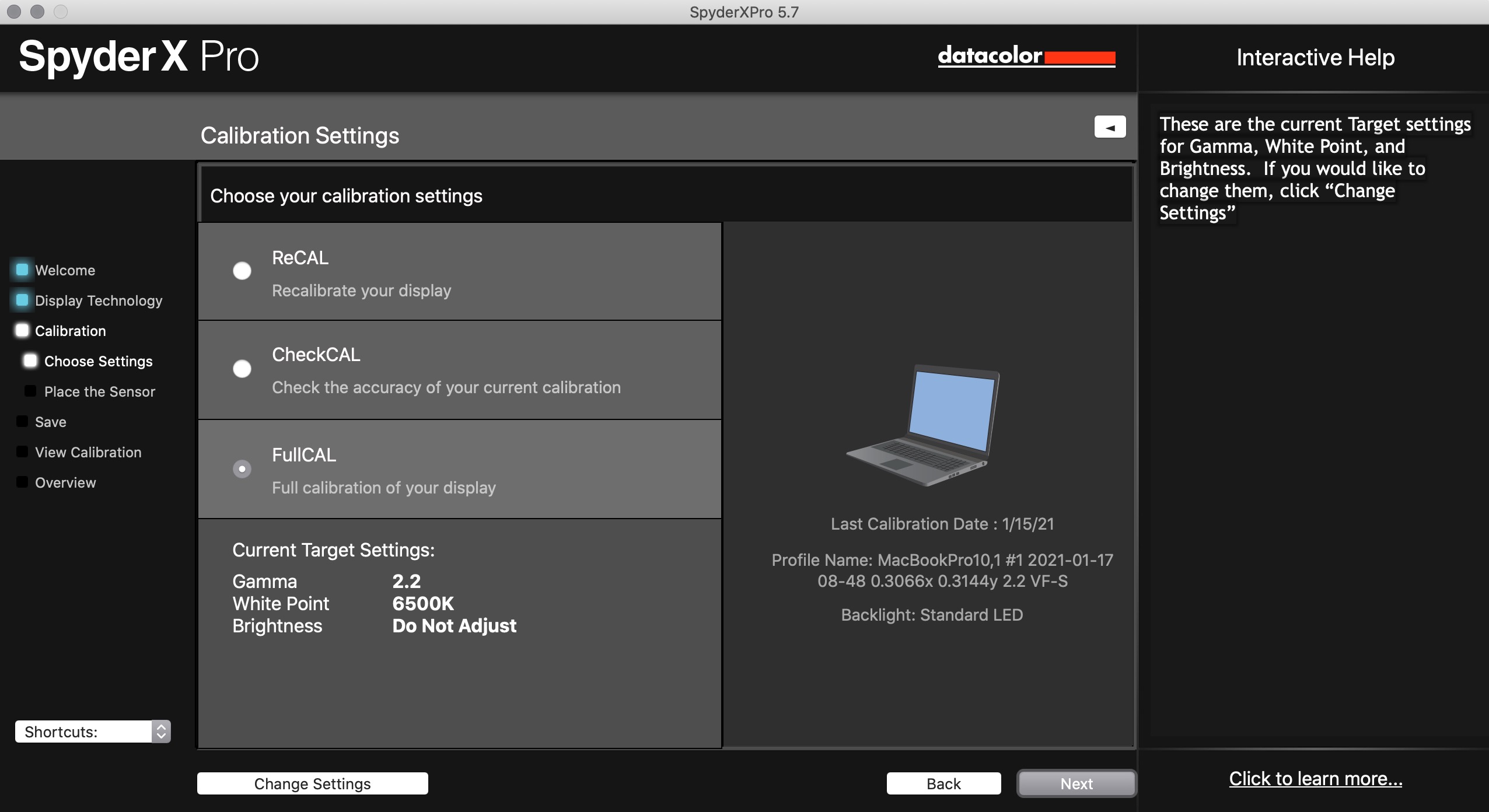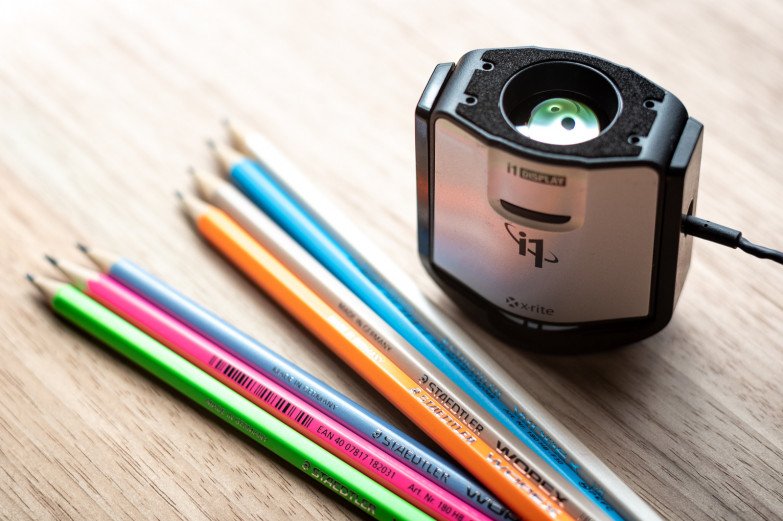

- #Using spyderx with displaycal pro
- #Using spyderx with displaycal software
- #Using spyderx with displaycal download
While there are many options out there in the market for a monitor calibration system, the SpyderX Pro is a currently unparalleled advancement in the technology at very affordable price. My experience with the SpyderX Pro was a positive one, But it’s Hard To ignore how the product bit in limitations in its software, specifically that does not allow the settings to a custom whitepoint and such a feature only being available on the more expensive “Elite” model it should be noted that in addition to allowing a custom whitepoint feature. The SpyderX Pro is very simple to use and very fast to calibrate a monitor with todays common standards. Using The SpyderX Pro on my computer opens my eyes to the value of a properly calibrated monitor. Ultimately though, I found that with the infrequency that I expect to need to calibrate my display, the slower pace of Displa圜AL is worth the ability to calibrate our computer screens to a custom whitepoint. Compared to SpyderX Pro’s nearly 2 minute calibration, Displa圜AL seems to work at a snail’s pace. Even the fastest Displa圜AL calibration setting took about 5 minutes on my computer. Simply pressing “Calibrate & profile” will walk you through the hardware setup and start the calibration process.ĭispla圜AL’s drawbacks are in its complexity and speed. This specific utility alone makes Displa圜AL significantly better a tool than the standard SpyderX Pro software.

This tool allows the user to adjust the target whitepoint dynamically to find a whitepoint that looks like pure white in their working environment. Displa圜AL also allows the user to find custom chromaticity coordinates with a visual whitepoint editor. In the “Calibration” tab, Displa圜AL allows the selection of a target whitepoint either “as measured” or via color temperature or chromaticity coordinates. Displa圜AL is a little less easy to use than SpyderX Pro, but it allows for finer tuning of a white point and other more advanced features. It’s notable that Displa圜AL is much slower at performing calibration when compared to the SpyderX Pro or Elite software.
#Using spyderx with displaycal download
Such feature from the Datacolor is only available with their more expensive SpyderX Elite model.īut if you want more over screen control calibration without paying the extra dollars for the SpyderX Elite, would recommend to download Displa圜AL utility, which works perfectly with the SpyderX Pro.
#Using spyderx with displaycal software
Unfortunately, The SpyderX Pro software does not allow setting custom temperatures whitepoint. Having a 7000k or even 7200k setting would have been much closer matching the normal environment where we use our computers and the white values that we’re used to. When calibrating our displays to the 6500k whitepoint setting, I found that the calibrated display appeared too warm in our bright daylight lit living room. While the included SpyderX Pro Software ultimately does provide good calibration extremely fast, I wish it allowed custom whitepoints target. WHATS IN THE BOX, HARDWARE & SOFTWARE SPECIFICATIONS :Īfter the calibration my screen looks more contrasty and the bluish tint on my iMac was corrected and finally my photos match the same with my printed images. The best way to decide is to measure monitor changes over time to establish a reasonable timeframe between calibrations. Depending on the monitor, color drift over time will vary from insignificant to pretty visible, so it's necessary to measure and track to make an informed decision.

For less demanding work, calibrating a modern good quality IPS monitor twice a year is perfectly acceptable. Calibrating weekly is a good starting point for those cases.īased on my experience, modern monitors drift little over time, so it’s safe to rent a colorimeter or maybe even share the cost of one between a group of friends. Generally, if your work depends on color accuracy, it's a good idea to recalibrate more often. A web developer, for example, can get away with a less color accurate monitor than, let's say, photographers that absolutely need to deliver color correct files to a high standard. On the other hand, how important those changes really are depends on what kind of color accuracy your work requires. At the same time, higher end displays are manufactured within more strict tolerances and often have better hardware mechanisms to compensate for drift over time. Old monitors with CCFL fluorescent lamp backlights drift much more than newer LED monitors. The rate those changes happen varies from monitor to monitor and also depends on display quality. Computer monitors are not perfectly stable devices and color accuracy varies with time as components age, specially the backlight that illuminates the LCD monitor.


 0 kommentar(er)
0 kommentar(er)
